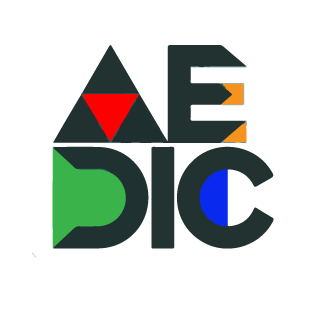Introduction
In services, a great innovative idea alone brings benefits only temporary. Companies that develop new service ideas regularly suffer imitation attempts by competitors.
According to Eiglier and Langeard, what allows one to maintain a competitive advantage is an execution of superior quality. Firstly, because the service delivery system is more difficult to imitate than the underlying idea. Secondly because in services performance is the essence of quality: performance è the product.
An excellent service cannot be made, packaged and delivered intact to customers, but must be designed and adapted to the specific characteristics of the user, who in turn participates in the delivery process often at the same time as consumption.
Table
| Problem | Corrective Action |
| Intangibility | Need to materialise the multiple aspects of the service:emphasising the service and added value provided to the customer;continuous innovation, organisational change and flexibility, freedom of expression, incentives to think outside the box;communicating clearly and effectively with the customer about the added value to ensure they understand what they are paying for. |
| Importance of the physical elements:superior design of structures;attention to appearance;attention to presentation. | |
| Perishability | Matching supply and demand:dynamic price management;formulating strategies for resource allocation;sharing resources between departments;focus on recruitment procedures. |
| Heterogeneity | Training and qualification:perfect organisation and responsive top management;recruiting as a success factor;focusing on retention of top employees;taking care of employee welfare;standardising processes. |
| Simultaneity | Continuous learning:sharing best practices; demonstrating flexibility in organising and developing functional processes that bring together expertise in sales, operations, marketing, quality, etc. |
Bibliography and further reading
- M. Bitner, A. Orstrom, F. Morgan: 'Service Blueprinting: a Practical Technique for Service Innovation'.
- Birgit Mager, Introduction to service design (video)
- R. Tassi, A. Brilli, D. Ricci - Digital Methods for Service Design : Experimenting with data-driven frameworks
- A. Osterwalder, Yves Pigneur, and C. L. Tucci. "Clarifying business models: Origins, present, and future of the concept" - (PDF)






